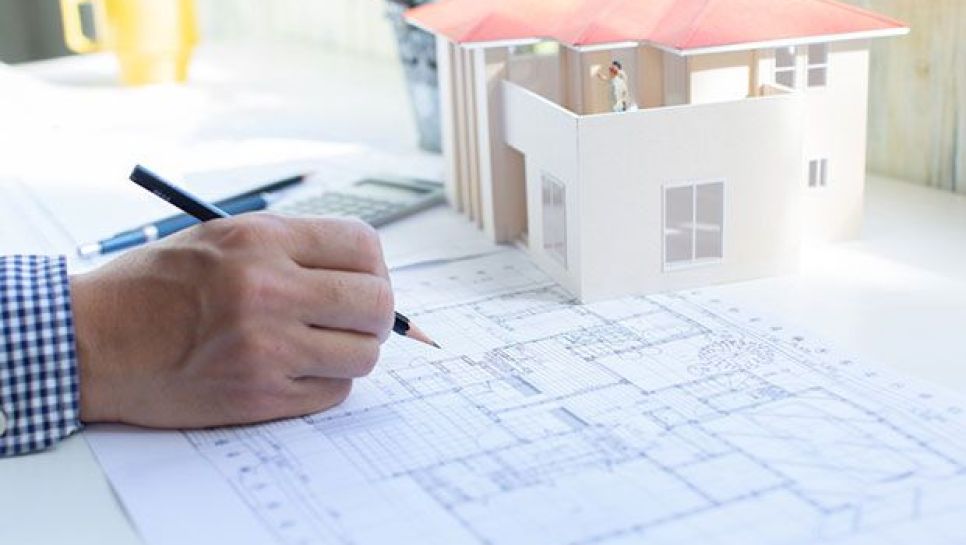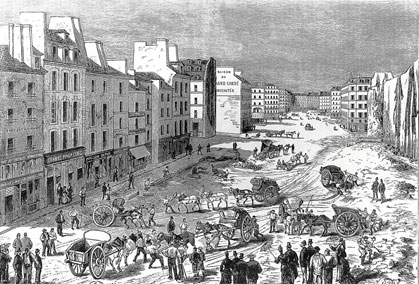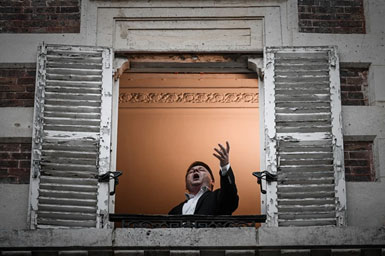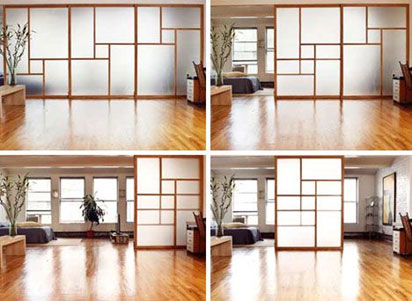
From the politician to the economist to the historians passing by the YouTubers and other influencers, everyone is asking and speculating about the « AFTER » ; if there is any, some believe that we are witnessing the birth of a new era, where wearing masks and social distancing is the new norm, others believe this pandemic will fade away slowly with the arrival of new vaccines on the market, so what's next?
Well, it really depends on the lens by which you see the issue and for the sake of this article we are going to give the perspective of the architecture domain on it, aside from the medical fields architecture may be the best lens by which to explore the question of the AFTER for two reasons, The first being the nature of the domain in itself centered around planning and giving alternatives and solutions the second reason being the long standing relationship between pandemics architecture and urban planning that basically gave birth to the urban layouts of many emblematic cities such as New York, London and most notably Paris that basically got reshaped by Haussmann to face the sanitary problems during the cholera outbreak in 1853.

Le boulevard Saint Germain à Paris lors des travaux haussmanniens en 1887 (gravure) Haussmann a changé la physionomie de Paris, son but était de faire disparaître le choléra. © Getty / Apic
This Covid-19 pandemic forced us to stay at home, creating a situation new to the modern era and never seen before on this scale, for days at first that turned into weeks and months, waiting for it to end with the fear, uneasiness and a feeling of incertitude growing after each announcement of lockdown extension, We never stayed this much indoors before and never used our homes for this extended period of time, this very stressful period paradoxically created the best conditions for architects to understand the limits of what we are producing. Gathering data about user experience during this period, analysing them and extract the main principles that we can implement in our housing design to promote health and wellbeing.
By exploring the tendencies during the lockdown and recurring problems we found these three areas :
First the lost connection with nature, the research on the regenerative benefits of nature on peoples physical and mental health are very straightforward, nature promotes well being and exposure to daylight can strengthen the immune system, increase concentration and Improve productivity, one of the best examples of a good connection with nature is the balcony, the star of the lockdown as a place for recreation and social interaction.

The second big problem is the lack of flexibility in our homes, during lockdown we were forced to preform many different activities in the same space. work, studies, and gyms invited themselves in our living rooms, kitchens… basically in spaces that weren't conceived for them, the problem with today's design is that its too rigid, not taking into account the evolution of needs or the individuality of people. Future designs should be more flexible, adaptable to the users needs through time by using sliding walls and movable panels for example, allowing more flexibility in enlarging, dividing and combining the rooms.

Last but not least the isolation problem, humans are naturally social beings and need social interactions in our daily lives and the lack of it can be detrimental resulting in lack of appetite, sleep problems caused by the prolonged feeling of loneliness during the lockdown . one answer to this could be creating shared community spaces like rooftops that can enhance social interactions among resident while maintaining physical distancing.
As for the question on what's next? We can't really be sure of anything at the time being but nevertheless it is an ethical duty for architects and urban planners to study the question and think about alternatives, find ways to learn from this crisis as John F Kennedy said in his famous speech « In Chinese crises is written with two characters, the first character means danger but the second one means opportunity » lets take the opportunity given by this crisis and improve our housing designs by putting human health and wellbeing at the center of the architectural conception again.
Nordine BETROUNI
(Partenariat "LIBERTÉ-Digital"/"LEAD")






